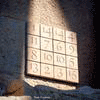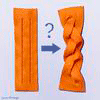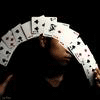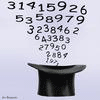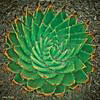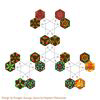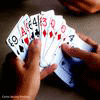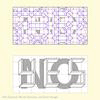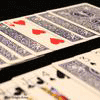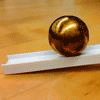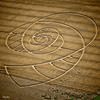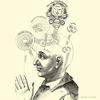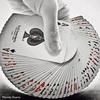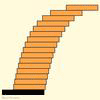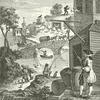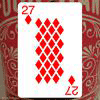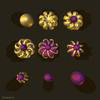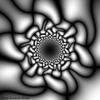Mathematics Awareness Month 2014: Mathematics, Magic, and Mystery
Navigate the Calendar
Max Maven’s Treasure
Here is mysterious magical game devised and presented by magician Max Maven.
Taking it Further
There are many variations of this trick. For instance, try these alternate instructions for producing your lucky number:
- Compute your lucky number as per Max Maven’s instructions in the video. If it has exactly one digit, multiply it by a one-digit number of your choosing. The result is your new lucky number. If it has two digits, add them together and multiply the result by a one-digit number of your choosing. The result is your new lucky number. Does the trick still work?
- Reverse the digits of your 2-digit age number. This is your key number. Now find the difference between your key number and your age number by subtracting the smaller from the larger. The result is your new lucky number. Does the trick still work?
The Underlying Mathematics
Here is a hint: Nine has something to do with it.
What, you ask? In the original trick (and in both of the variants above) your lucky number is guaranteed to be a multiple of the number nine. Look carefully at the scrolling list of possibilities for the treasure in the video and you will find that the multiples of nine are always apt descriptors of the actual contents of the chest.
So how is it that everyone’s lucky number is a multiple of nine? Suppose the two digits of your age number are a and b. If a is the first digit, this means your age is 10a + b. Your key number is a + b. When you subtract the key number from your age, you are left with 10a + b – (a + b) = 9a, and this is, most definitely, a multiple of nine.
Martin Gardner discusses properties of the number nine in chapter nine of his book Mathematics, Magic and Mystery (Dover, 1956). An accessible but slightly more thorough treatment of the mathematical ideas can be found in chapter 2 of the book Mathematical Reflections in a Room with Many Mirrors, by Peter Hilton, Derek Holton, and Jean Pedersen (Springer, 1997).



